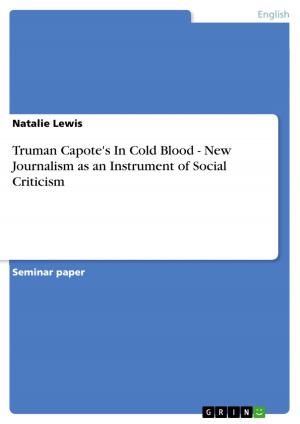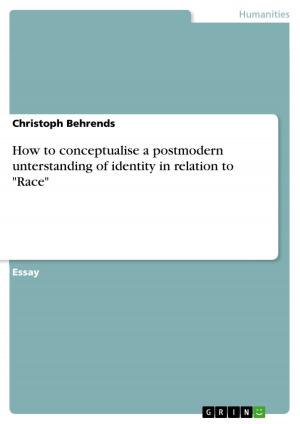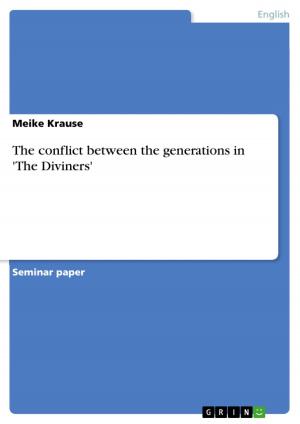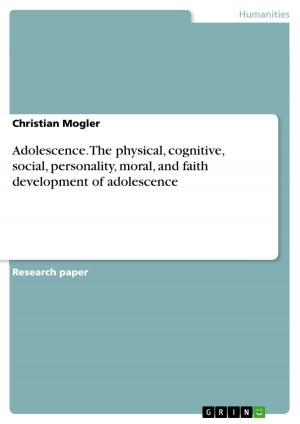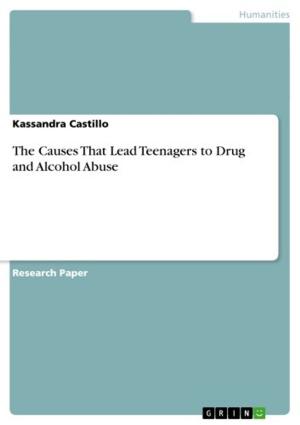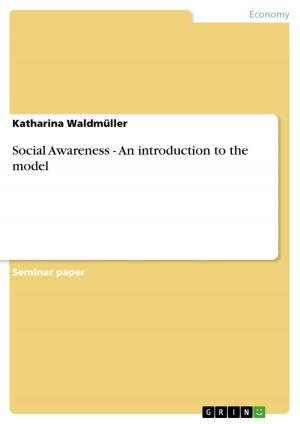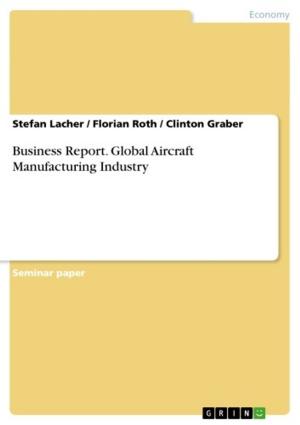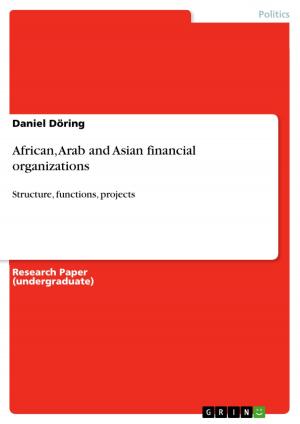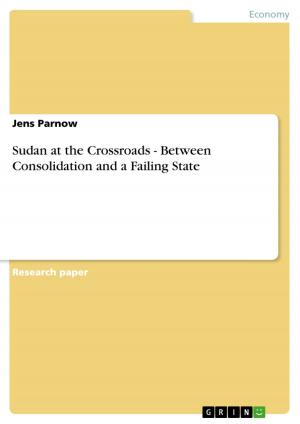Limiting factors for the short-term recruitment of savanna trees at woodland islands in the Western Soutpansberg, South Africa
Nonfiction, Science & Nature, Science, Biological Sciences, Ecology| Author: | Christiane Weiner | ISBN: | 9783638033602 |
| Publisher: | GRIN Publishing | Publication: | April 8, 2008 |
| Imprint: | GRIN Publishing | Language: | English |
| Author: | Christiane Weiner |
| ISBN: | 9783638033602 |
| Publisher: | GRIN Publishing |
| Publication: | April 8, 2008 |
| Imprint: | GRIN Publishing |
| Language: | English |
Diploma Thesis from the year 2006 in the subject Biology - Ecology, grade: 1,0, University of Applied Sciences Bremen, 83 entries in the bibliography, language: English, abstract: A key question of plant ecology is which factors control the local distribution of plant species and plant communities. Thus the appearance of scattered tree dominated fertile patches in generally nutrient-poor savanna grassland is an interesting phenomenon. As trees alter structural and spatial variability of the environment they increase floral and faunal diversity. Under favourable conditions such patches may increase in size until they merge with each other and a closed canopy forest builds up. However, in dry areas successive invasion into grassland is blocked and there is little spread outwards. Research was conducted from September 2005 to January 2006 in the Western Soutpansberg, South Africa. For Mimusops zeyheri and Syzygium legatii effects of shade and seed size on germination and seedling recruitment have been investigated in plant pot experiments. Two field experiments were conducted investigating seed predation and the effect of competition. Additionally, recruitment was studied at eight tree islands and soil samples from 96 plots varying in exposition, habitat type and location of sampling site were analysed. Results revealed that tree recruitment was influenced by complex interactions between facilitation and competition, herbivory and abiotic environmental stress. Soil moisture availability, browsing and competition with grasses seem to be the primary factors limiting a rapid expansion of the tree islands into the surrounding grassland. Seed predation slightly reduces seed availability but is not limiting recruitment. Large-seeded seedlings had a higher chance of establishment. Key words: tree recruitment, islands of fertility, savanna, gradients, competition, Soutpansberg
Diploma Thesis from the year 2006 in the subject Biology - Ecology, grade: 1,0, University of Applied Sciences Bremen, 83 entries in the bibliography, language: English, abstract: A key question of plant ecology is which factors control the local distribution of plant species and plant communities. Thus the appearance of scattered tree dominated fertile patches in generally nutrient-poor savanna grassland is an interesting phenomenon. As trees alter structural and spatial variability of the environment they increase floral and faunal diversity. Under favourable conditions such patches may increase in size until they merge with each other and a closed canopy forest builds up. However, in dry areas successive invasion into grassland is blocked and there is little spread outwards. Research was conducted from September 2005 to January 2006 in the Western Soutpansberg, South Africa. For Mimusops zeyheri and Syzygium legatii effects of shade and seed size on germination and seedling recruitment have been investigated in plant pot experiments. Two field experiments were conducted investigating seed predation and the effect of competition. Additionally, recruitment was studied at eight tree islands and soil samples from 96 plots varying in exposition, habitat type and location of sampling site were analysed. Results revealed that tree recruitment was influenced by complex interactions between facilitation and competition, herbivory and abiotic environmental stress. Soil moisture availability, browsing and competition with grasses seem to be the primary factors limiting a rapid expansion of the tree islands into the surrounding grassland. Seed predation slightly reduces seed availability but is not limiting recruitment. Large-seeded seedlings had a higher chance of establishment. Key words: tree recruitment, islands of fertility, savanna, gradients, competition, Soutpansberg

